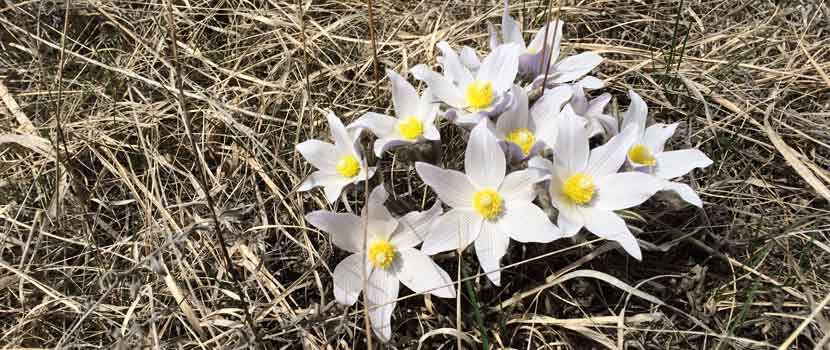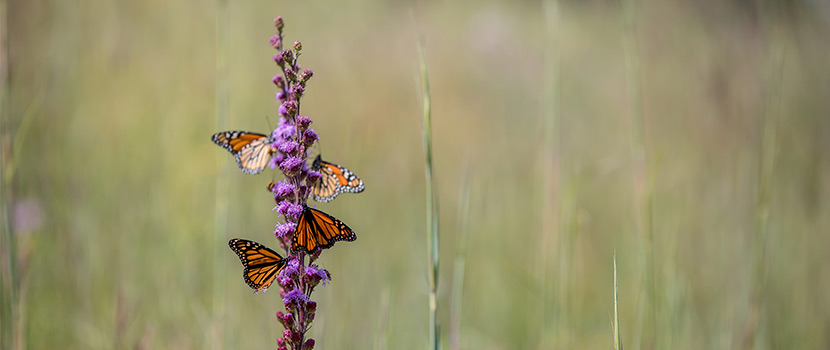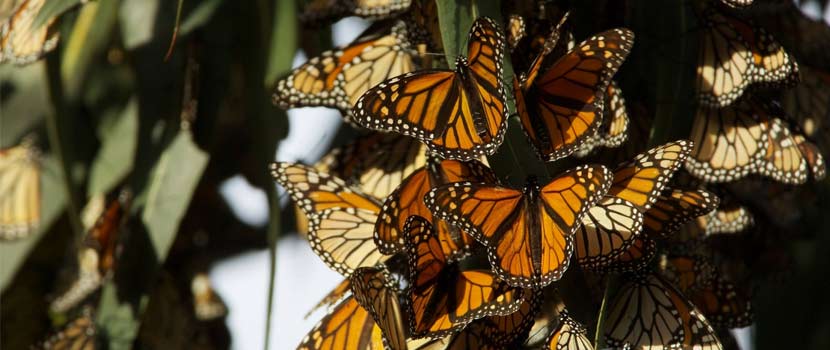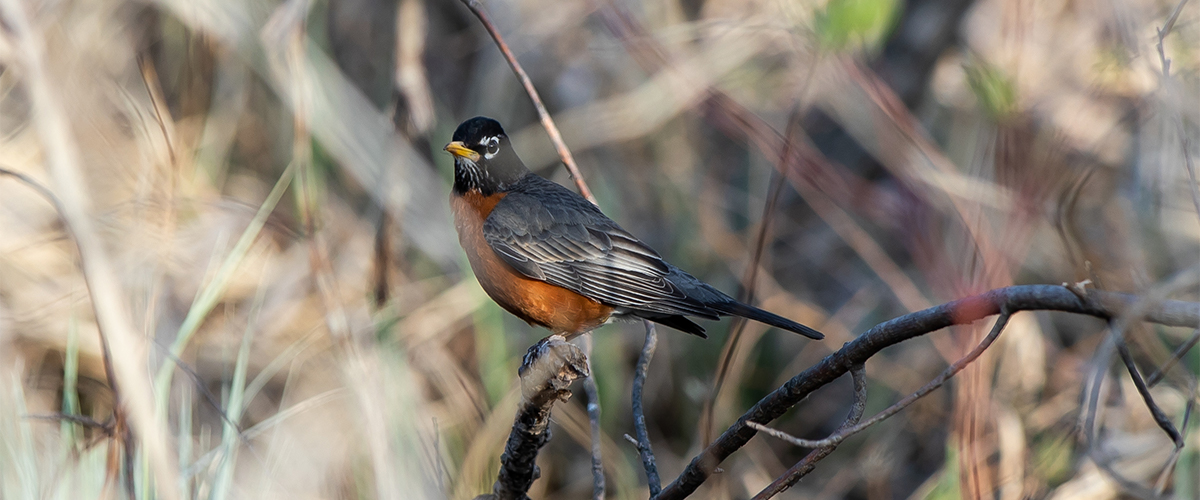
As the world around us begins to shake off winter’s grip, we Minnesotans start to pay very close attention to the changes happening in our outdoor environment. We eagerly look for those early signs of spring that signal to us that warmer weather and all it brings is just around the corner.
We pay greater attention to the birds perching in trees outside our window, looking for that red breast of an American robin. We place wagers with friends about when winter’s ice cover will be completely melted off the nearby lake. We closely examine trees and shrubs to spot the first sign of fresh green buds. And we wonder with each snowfall if this will be the last snowfall of the winter season.
While we may pay closer attention to seasonal changes in the spring than at other times of the year, we do note the changes of season year-round. Even if we don’t spend our days logging each change we notice, we are easily able to place where we are within the year by taking a few moments to simply pay attention to what the weather, plants and animals around us are doing.
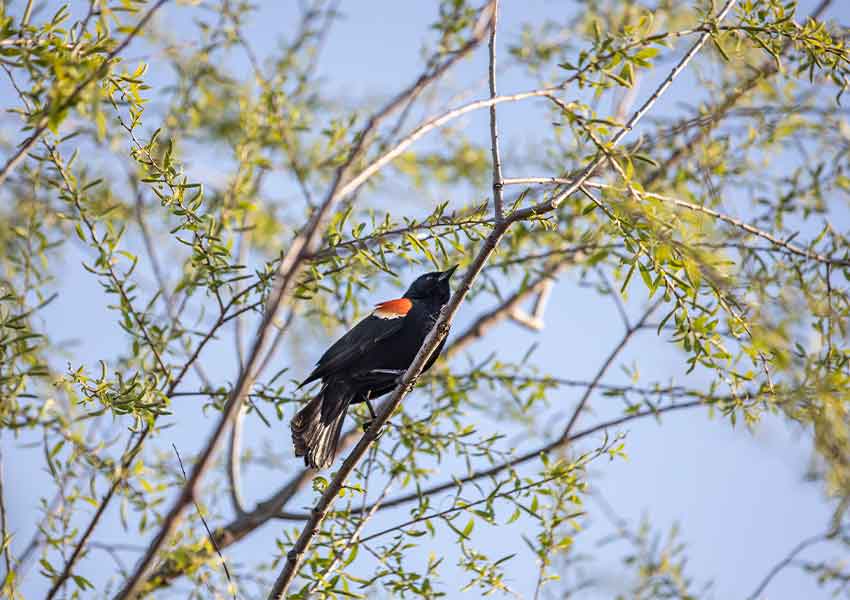
What is Phenology?
Each season and year that passes by becomes a part of our lived experiences, and these rhythms of nature become a part of our own internal clock. As any new Minnesotan can tell you, transplanting yourself into a new natural rhythm can be disconcerting at first. However, as time passes, the seasonal changes of the environment around us become a part of us, and we are aware of them even when we aren’t consciously paying attention.
The noting of these seasonal changes in the environment around us is called phenology. The Oxford Dictionary defines it as “the study of patterns of events in nature, especially in the weather and in the behavior of plants and animals.” Phenology is simply nature’s calendar.
Phenology is something we do naturally without even thinking about it. But there are many people who very intentionally, and in great detail, track these seasonal changes.
Why Track Seasonal Changes?
People track seasonal changes for various reasons. One reason someone might intentionally follow phenological events (the budding of leaves, birds making nests, frogs making calls, the flowering of a woodland plant, etc.) is because it informs them about a passion of theirs.
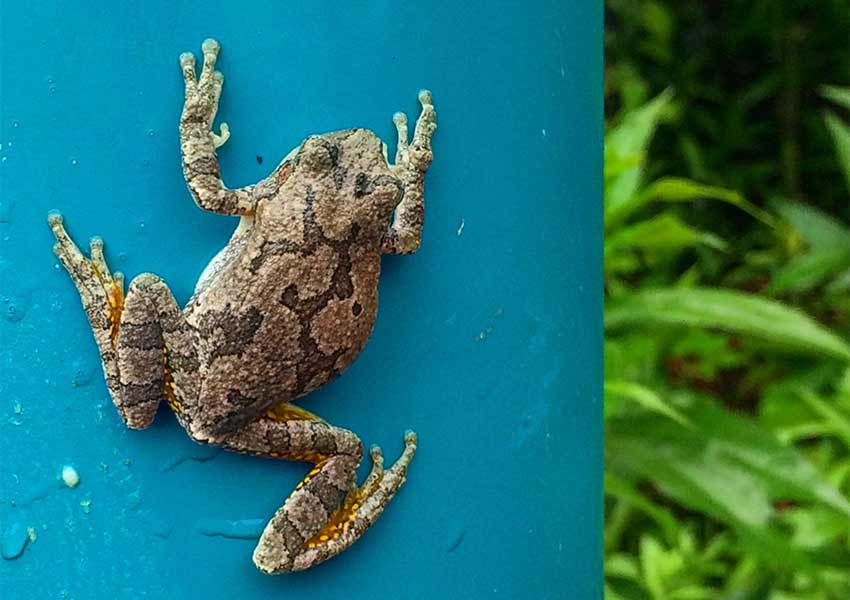
If you’re an avid birder, knowing when a warbler on your list will be passing through on their migration route is important.
If you’re a photographer who shoots flowers, knowing when certain flowers will be blooming will help you plan your shooting schedule.
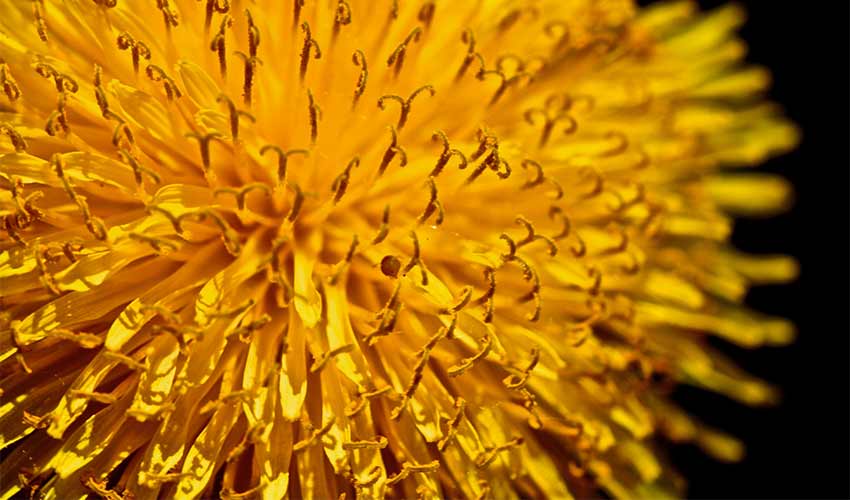
Another reason may simply be curiosity and a desire to gain deeper knowledge of the world around you. Getting to know the natural environment around us requires taking time to observe and pay close attention. When you take that time, those incremental changes in behaviors or physiology really pop out.
How Phenology Helps the Community
Not all reasons for following phenological events are for personal gain or enjoyment, however. Knowing when certain phenological events happen can help on a local or community level.
For example, sweeping the streets to clean up fallen leaves in the fall is important for the water quality of local lakes, streams and rivers. Knowing when the majority of boulevard trees will drop their leaves can help a city determine the most effective and efficient time to send street sweepers out.
Understanding when certain plants are flowering can also help communities prepare for shifts in public health due to allergies.
Phenology and Climate Change
Phenology carries even greater importance on a global scale. Using both historical phenological data and maintaining observations on current phenological events is one of the most important ways we are able to gain understanding about the effects of climate change on the natural world.
Much of nature has evolved their phenological events to coincide with other phenological events. For example, many bird species hatch their eggs when insect populations start to explode so that there is an abundant food supply available for those new and hungry mouths. Monarch butterflies time their northward migration from Mexico to coincide with the blooming of milkweed plants.
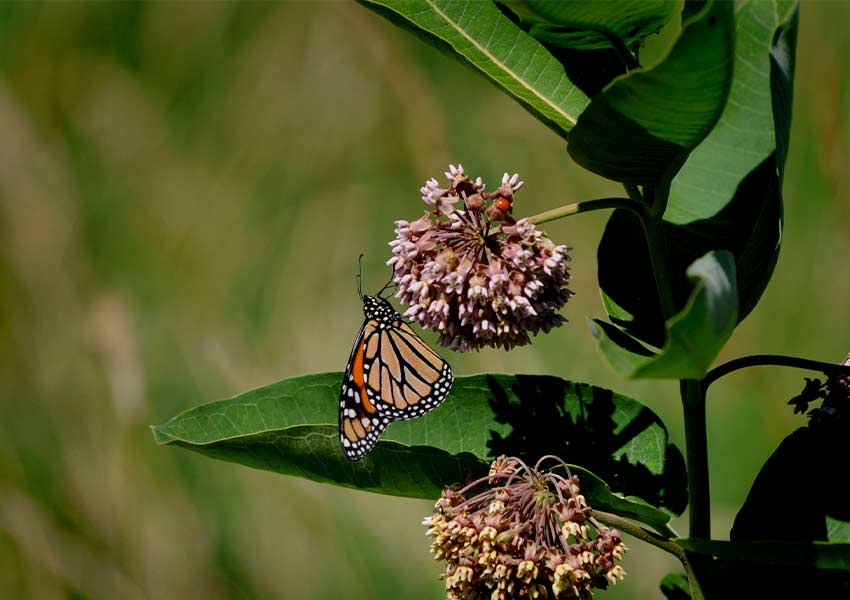
For many plants and animals, that dependence on another species’ phenological events can have extremely negative impacts if the timing of those phenological events is off.
What happens if bluebirds lay their eggs, but that year we get a huge winter storm later than we historically would? Not only is it cold and the adult bluebirds need to keep their nestlings warm, but the insect population explosion needed to feed the bluebirds is delayed at a time when it is most needed.
What happens if Monarch butterflies start their journey northward when triggered by the correct daylight-to-night ratio, but when they reach Iowa an unseasonable frost comes about? Not only could they die in the cold, but a large portion of their milkweed food source is lost at a critical point in the migration.
By compiling and studying phenology data, scientists are able to deepen their understanding of what the effects of climate change might be on plant and animal populations, and work toward finding solutions to some of the issues the most at-risk species may experience or already are experiencing.
The National Phenology Network
Over the last several years, scientists have broadened their efforts to collect phenology data by outsourcing some data collection through citizen science projects such as the National Phenology Network (NPN). Through programs like NPN, everyday citizens are able to help in this monumental effort to collect data on the phenological phases of certain species.
Try Phenology for Yourself
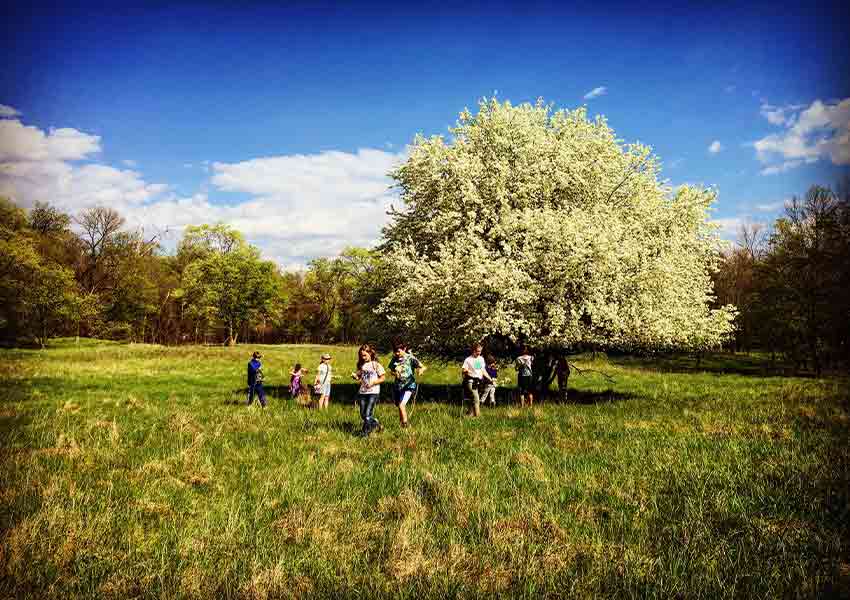
Are you interested in doing phenology? Here are some ways to do it!
- You can do it on your own! All you need is a notebook and a little piece of nature to observe on a regular basis. It can be a boulevard tree down the street from where you live, it can be the birds that visit your bird feeder, or it can be the park near you. You can tackle one species of plant or animal, or you can tackle 50, or anywhere in between. Whatever feels manageable to you.
- Contribute your observations to the National Phenology Network or the Minnesota Phenology Network (which is a part of NPN) by going to their websites and setting up an account to use their data collection platform. NPN even has an easy-to-use app, called Nature’s Notebook, which makes data collection streamlined and simple.
- Not super confident in doing something like NPN on your own? No worries! Check with your local nature center. While not every nature center has a phenology program set up, they may be interested in starting a phenology program, or they can point you to a nature center that does have one. Even if your local nature center doesn’t have a phenology project, they may have other citizen science projects you may be interested in.
Now to end this phenology post in true Minnesota fashion — What is the one thing you look for at this time of year that says: "Spring is here"?
About the Author

Ashley Smith grew up swimming, climbing trees, and fighting dragons at Lebanon Hills Regional Park in Eagan. With a clear love of teaching and the outdoors, she majored in biology at Concordia College and continued on to Melbourne, Australia where she earned her Master's degree in environmental education. She has since spent the last 10 years working as an interpretive naturalist at various nature centers around the Twin Cities and in greater Minnesota before landing at Mississippi Gateway Regional Park. When not playing (working) outside with people of all ages, she enjoys spending time with friends and family, getting out on/in the water, learning about geology, and being a Tolkien-loving-Doctor Who-obsessed-D&D-playing nerd.
Related Blog Posts
6 Wildflowers to Look for this Spring and Where To Find Them
By: Angela Grill
Three Rivers Park District is home to some special spring wildflowers, some of which have a very short above-ground life. Learn about six of these flowers and where to find them.
Nature’s Classroom for 50 Years: Early Citizen Science and Monarch Research
By: Laurel Sundberg
Little was known about the winter whereabouts of the monarch butterfly until the mid-1970s. Subtle factors, persistence and a network of people working across borders came together to finally reveal the mystery of the great monarch migration. Read on to learn how Minnesota occupies an important place in the history of monarch research.
Pollinators: The Great Monarch Migration
By: Elaine Tucker
Have you ever wondered what a monarch tag is or why we tag monarch butterflies? Read on to discover more about these beautiful insects and their incredible 2,000-mile migration.
